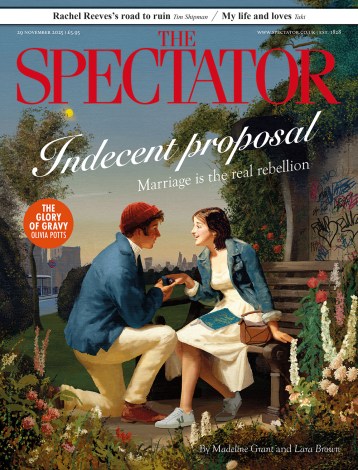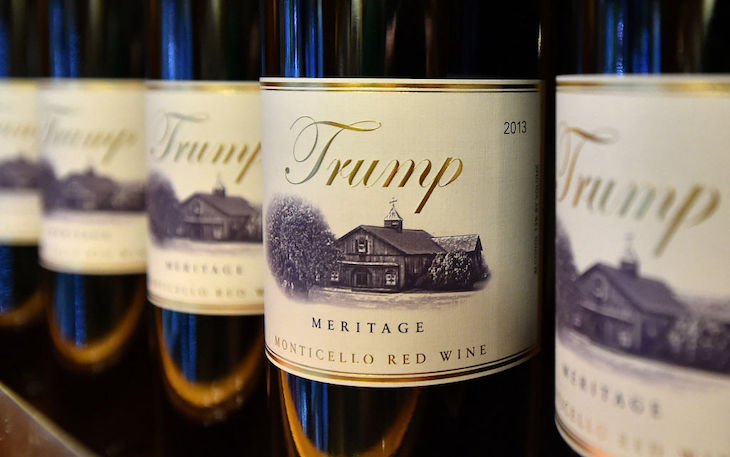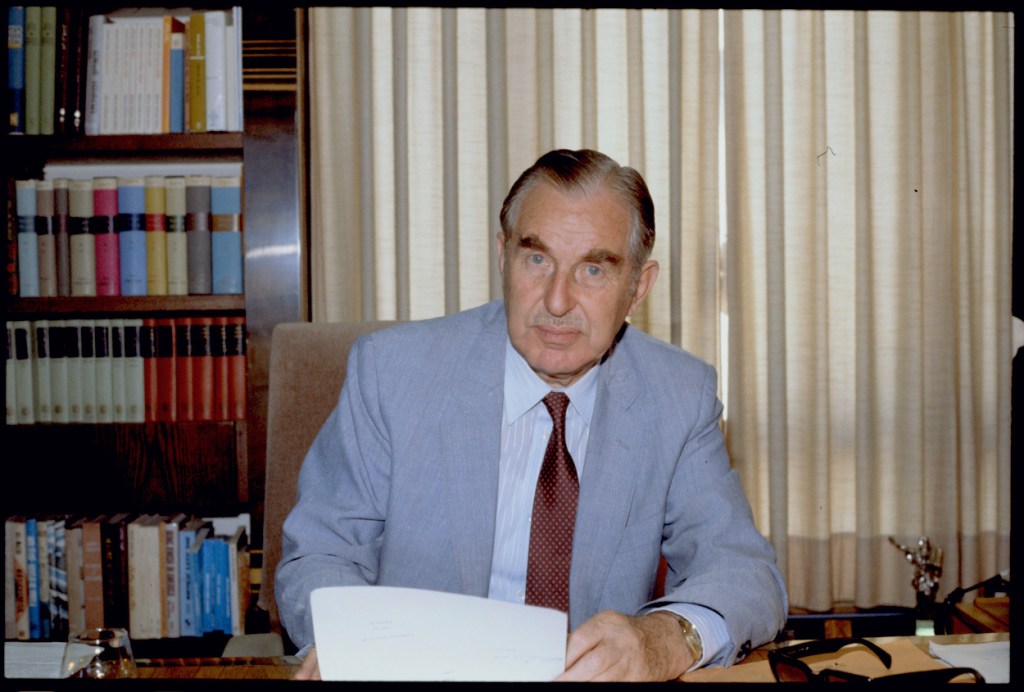An American in London, I frequently have occasion to return to my hometown of Los Angeles. In my latest trip this week, I changed my drink of choice because of President Trump. I passed over a French champagne in favour of a California red, and, in effect, became a case study on the transformative might of Trump’s policies.
When I dumbfoundedly showed my US-based drinking mates the bar menu, they too marvelled at the exorbitant prices
Fortune found me settling into a bar in Beverly Hills, in a swanky five-star hotel in one of the country’s poshest neighbourhoods, for a nip of drinks with former colleagues. Thinking to celebrate our reunion in sunny Los Angeles with champagne, I looked at the menu – and was shocked.
A glass of the cheapest champagne offering was $56 (£42) per glass. Add the tax and tip expected Stateside, and that zooms quickly to more than $70 (£52) for a single flute. I found myself reflecting that perhaps my years in London had changed my perspective about expenses. At the Savoy, I am able to imbibe champagne for around £25 per glass, which at today’s exchange rates, tots up to about $35. For £42, or around $56, I can sip on a glass of blanc de blancs.
When I dumbfoundedly showed my US-based drinking mates the bar menu, they too marvelled at the exorbitant prices. That was replaced in short order by an expression of resignation. ‘Yeah, it’s been like this the last few months,’ one ex-colleague sighed.
It shouldn’t have come as a surprise. Since Trump took office for a second time, he has upended the post-World War II international trading order by hiking US tariffs to the steepest rate in a century. In addition, he has implemented economic policies that have weakened the dollar against many other currencies, which makes importing foreign goods into the US more expensive.
France’s national bubbly has thus suffered a double whammy. There is the higher tariff of 15 per cent for European wine that went into effect on 1 August, which has been compounded by the effect of a strengthening euro, up around 13 per cent against the dollar from when Trump took office in January.
That adds up to nearly 30 per cent more to import champagne now, compared to when Americans popped corks to celebrate the new year.
And if my potential glass of champagne is any measure, neither the French producer, nor the US-based wine importer, nor the Beverly Hills hotelier, are willing to absorb the cost. As economists predicted, they are passing them along to the consumer.
The champagne industry may have been banking on my willingness to swallow the higher price to swig the region’s effervescent bubbly. After all, the US variants of sparkling wine, despite many following the traditional méthode champenoise and some even being run by the French champagne houses, have yet to garner world acclaim and are, at least to me, a poor substitute.
But the price gulf between the two was vast – around $30 (£22) per glass difference between the imported and domestic options. So did I finally reach for an inferior, but cheaper, sparkling wine from California?
No. I ordered a red wine from California. A delicious, textured, layered Bordeaux blend, from Napa Valley, a region famed for its reds. They are wines that compete head-to-head with the French and other international stalwarts.
That glass of wine, while not my first choice, was nonetheless delightfully enjoyable and, more importantly, helped facilitate conversation between drinkers who had been separated for a while by distance and circumstances. I missed the champagne not at all. It was Trumpism at play.
I bought USA. It wasn’t the direct US competition, but it was still a domestically-produced, made-in-America, what-Trump-angled-for purchase. While champagne may be frivolous, the tariffs are broad-based across a swath of trillions of dollar worth of imports. Multiply my choice by some 250 million American adults and that equals to a teutonic shift in the habits of US consumption that will ripple across the globe.
Then there is the inflationary consequences. With the US government shut down, we are missing critical economic data, especially on how much consumer are paying for goods and services. But other signals, alongside my anecdotal evidence, indicate that prices are starting to accelerate.
My new home will be impacted. Trump has imposed 10 per cent tariff on goods from the UK. The dollar, meanwhile, has also weakened significantly against sterling since Trump took office earlier this year.
More troublingly for UK exporters, who have been increasingly selling their goods and services to the US (to the tune of some $161 billion (£120 billion) in 2024, according to the Office of the US Trade Representative), matters look set to worsen. Goldman Sachs research forecasts the dollar to further weaken against the pound through the next 12 months, which will make British products even less attractive in the US.
Trump’s new tariffs have so far been easy to discount. The consequences haven’t all been immediately apparent, but they will steadily play out over the coming weeks and months. And soon, Trumpism will be felt not only in Beverly Hills but in the Yorkshire Dales.







Comments